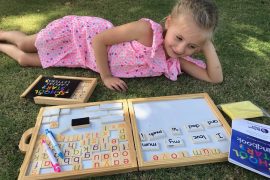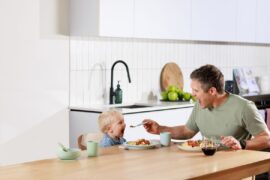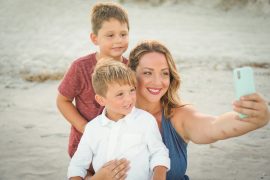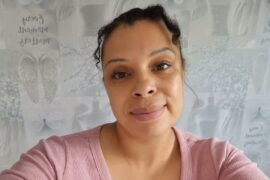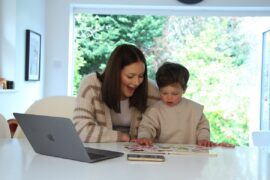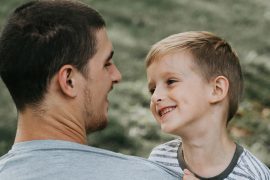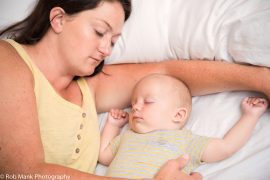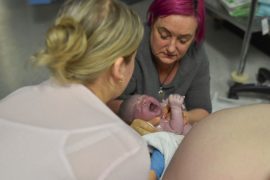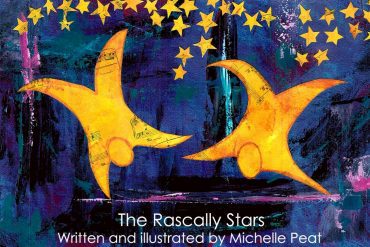By Dr. Laura Markham
“Dr. Laura…I don’t want to punish, but I can’t just leave my kids without guidance. I want them to learn”.
All parents want their child to learn to do the right thing. But guidance and punishment are not equivalent. In fact, when kids are punished, they move into fear, which means fight, flight or freeze. The learning part of the brain shuts down (as do the digestive and immune systems). So they may stand meekly while you lecture, but they aren’t actually learning anything about how to do the right thing in the future. They’re on the defensive, which means they’re resisting.
All kids need guidance. And in fact, every single interaction with our child IS guidance. We’re constantly teaching lessons about how humans interact, solve problems, make hard choices, work together to accomplish a goal, make a repair when they mess up. Whether we know it or not, our children are learning from everything we say and do. So if you want your child to learn to do the right thing, consider what you’re teaching.
Here’s how kids learn to do the right thing.
1. We model:
- “Thank you for the present, Aunt Susan”.
- “Let’s wait our turn for the slide”.
- “We speak respectfully to each other in this house…I don’t yell at you, please don’t yell at me”.
Notice that we can also easily model “the wrong thing”.
- “That *#@*! just cut me off in traffic!”.
- “Tell them you’re only eleven so you can get the child rate”.
- “I’ll teach you to hit your sister, take that!”.
2. We help our child notice how his actions affect others, which empowers him to CHOOSE to do the right thing.
- “Look how happy you made Michael when you let him use your truck”.
- “We never litter because our job is to make the world a better place, not a worse place”.
- “We have a thousand strings connecting our hearts. If we lie to each other, we cut one. That is why I never lie to you and I always keep my promises to you”.
3. We help our child consider alternative behaviour choices and learn to solve problems constructively.
- “You were very angry at your sister, I understand. But hitting is never okay. What could you have done instead of hitting her?…Ok, let’s practise that”.
- “Every morning this week, we have been late to school. What could we do differently in the morning so we get there on time?”.
- “I want to read you a story, but you haven’t brushed your teeth yet. How can we solve this?”.
4. We ask questions, and listen as our child learns by reflecting.
- “How was that for you?”.
- “What would you do if….?”.
- “What do you think of…?”.
- “Is it more important to you to be right about this, or to stay friends with X?”.
- “Were you happy with your decision to….?”.
- “Was there some part of you that knew that was a bad idea? What kept you from listening to that part of you?”.
Of course, even kids who KNOW what’s right won’t always choose it. But by not punishing, they’re more likely to WANT to choose the right thing, because:
- They feel more connected to us, so they’re more likely to honor our rules and requests.
- They have a visceral, positive understanding of why their behaviour matters, rather just trying to avoid punishment. In other words, they’re developing an inner compass.
But what about those times when their emotions outweigh the part of them that wants to choose right? Their brains are still taking shape, but with this kind of parenting they gradually gain the ability to manage their emotions, so they can manage their behaviour. And what’s the best way to help that process – self regulation – along? Model it!
For today, notice what your words and actions are actually modelling, and teaching, your child. Are those the lessons you want to teach?
Originally published here.
Dr. Laura Markham is the founder of AhaParenting.com and author of Peaceful Parent, Happy Kids, Peaceful Parent, Happy Siblings and her latest book, the Peaceful Parent, Happy Kids Workbook.


